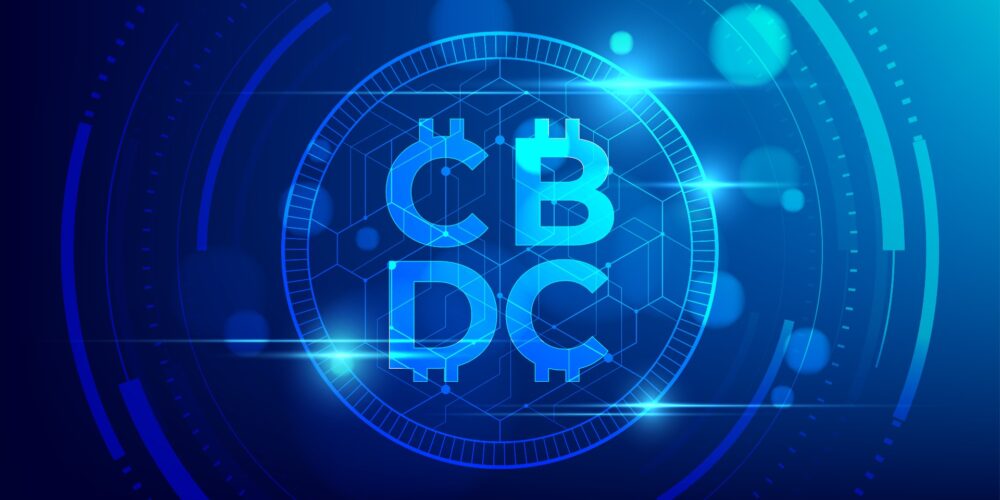The Reserve Bank of India (RBI) is taking a measured approach towards the implementation of its Central Bank Digital Currency (CBDC), postponing a national rollout to concentrate on pilot programs and cross-border solutions. As digital payment landscapes evolve, the RBI is seeking to ensure robust feasibility and user adaptability for the digital rupee.
Current Pilot Status and Expansion
In a recent statement, RBI Deputy Governor T Rabi Shankar made it clear that the central bank is “in no hurry to launch (CBDC nationwide).” Instead, the focus remains on learning from ongoing pilot testing which has already garnered impressive traction. As of May 2025, the retail CBDC pilot has expanded to incorporate over 6 million users across 17 participating banks.
The pilot projects are particularly aimed at enhancing transaction capabilities. Specifically, the integration of non-bank payment operators, like PhonePe and Google Pay, is expected to significantly increase retail transaction volumes. This collaboration aims not only to bolster accessibility for users but also to test the digital currency’s resiliency in a multi-channel transaction environment.
Cross-Border Payments and Use Cases
One of the more intriguing aspects of the RBI’s strategic direction is its emphasis on cross-border payment solutions. Shankar highlights this initiative, stating, “The best use case for CBDC eventually comes in the cross-border space.” Through these pilot projects, the RBI aims to address the often high costs associated with processing transactions internationally and foreign exchange conversions.
To achieve this, the RBI is advocating for international coordination and is proposing initiatives that will enhance the Indian rupee’s use in cross-border trade. Among these measures are plans for rupee-denominated loans for non-residents and establishing reference exchange rates for trade-related currencies. These strategies aim to streamline international transactions and further entrench the rupee in global financial commerce.
Technological Enhancements and Collaborations
RBI is making strides in technological advancements with the introduction of features designed to improve the usability and security of the digital rupee. Suvendu Pati, Chief General Manager at RBI, noted the importance of “regulatory guardrails” to manage the risks associated with asset tokenization—an endeavor expected to enhance transaction speed and security.
Furthermore, strategic collaborations with private sector players like MobiKwik and CRED are reshaping user interactions with the digital rupee. These partnerships pave the way for user-friendly digital wallet integrations, ultimately making transactions more convenient and part of everyday financial interactions for millions of Indians.
Future Directions and Challenges
Despite the progress made, the pace of CBDC development has noticeably slowed in recent years. Several challenges are emerging, including concerns over privacy, competition from established digital payment solutions like UPI, and the rising adoption of cryptocurrencies in India. As of recent estimates, the Indian crypto market is projected to expand to an astonishing $15 billion by 2035, further complicating the landscape.
In response to these challenges, the RBI is modernizing India’s financial ecosystem by enhancing the account aggregator framework and exploring new tokenization strategies. The push for tokenization in money market instruments illustrates the RBI’s commitment to not only introducing CBDC but also ensuring it remains competitive and relevant in a rapidly evolving digital economy.
Looking Ahead: The Future of India’s Digital Currency
With a focus on careful evaluation and strategic partnerships, the RBI is positioning itself to effectively navigate the complexities of digital currency implementation. As pilot programs evolve and cross-border functionality gains traction, the digital rupee may prove to be a significant leap not just for India, but also for global trade efficiencies. As challenges continue to loom, only time will tell how the RBI meets them head-on and fully realizes the potential of a digitally-enabled financial future.





